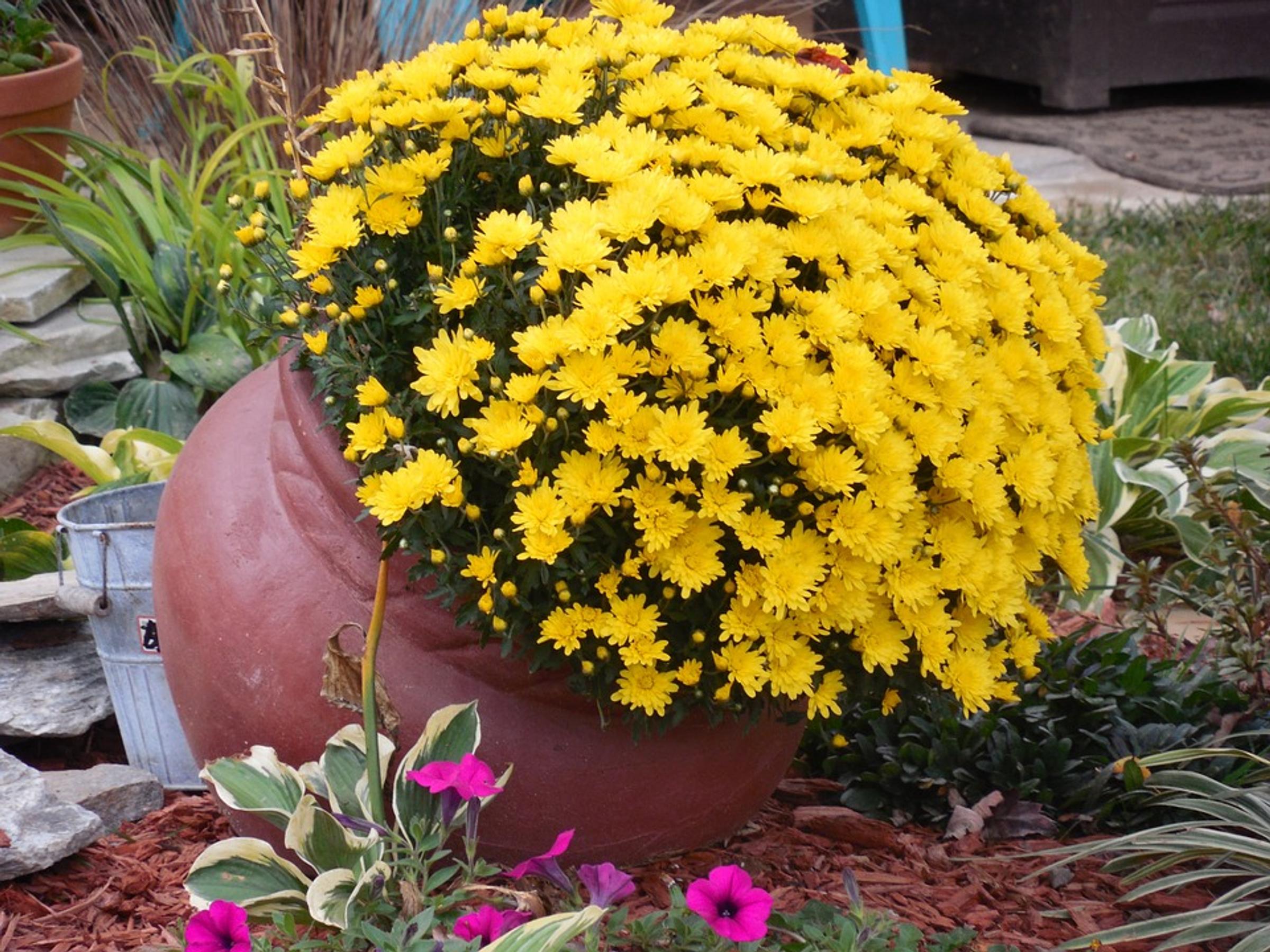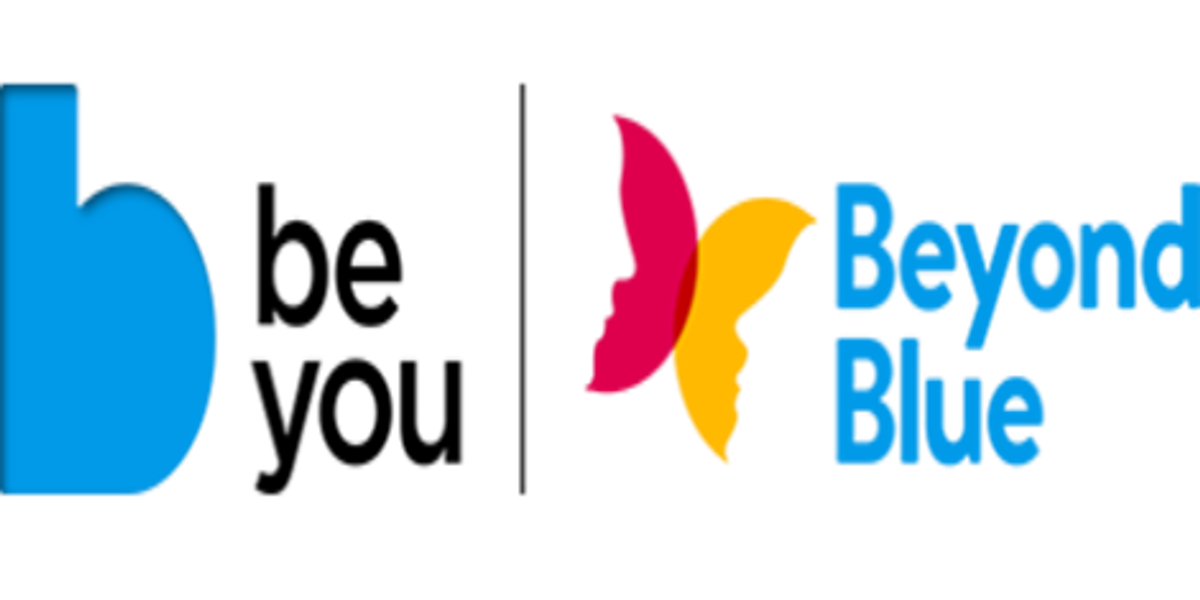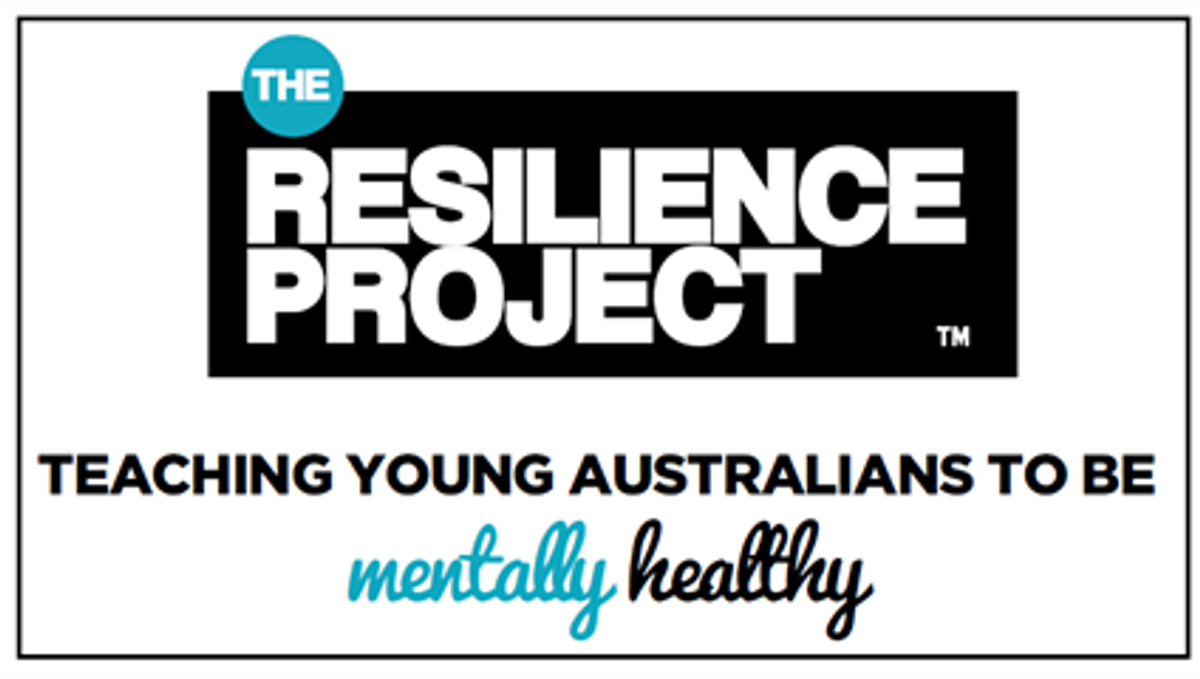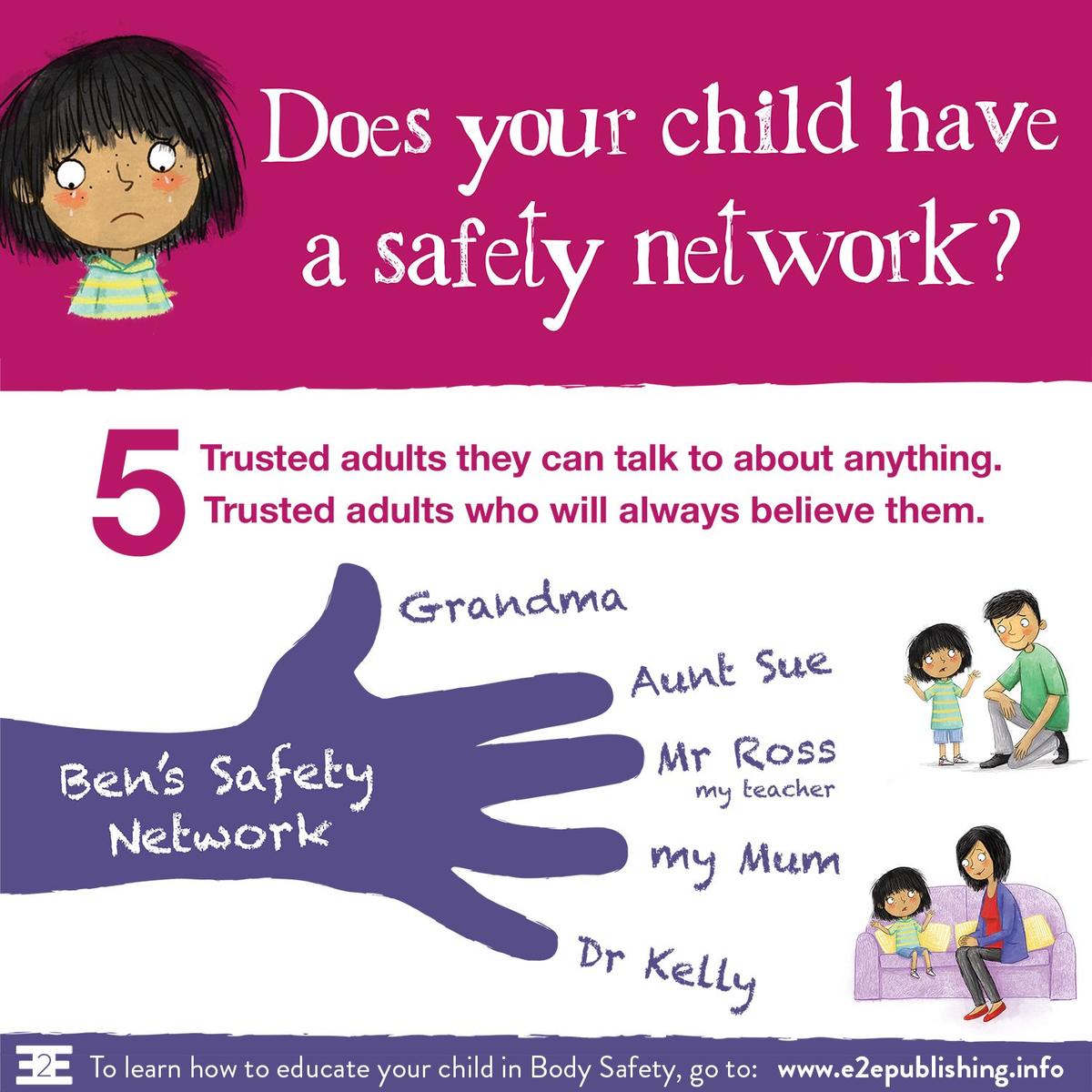Wellbeing

mConnect group with Wellsprings for Women
A big thank you to those parents who came to our first mConnect online Zoom meeting.
It was great to see you all and thank you for your contribution to the meeting. The feedback I got was positive and parents found it helpful to have the chance to connect with other people as well as express some of the difficulties we have all experienced during Remote Learning 2.0. We will be hosting this Zoom meeting every week.
If you would like to join us next Tuesday afternoon, the 25th August from 2.30pm, please do come along. We would love to hear your ideas.
The guest presenter will be Holly Gordon from Wellsprings for Women, who some of you might have met last year. The topic will be our own mental wellbeing and we are going to be doing a bit of art therapy, so Holly has asked you to bring along a piece of paper, pencils, markers or anything you would like to use. Everyone is most welcome to come along.
Please use the following code to join the meeting:
Join Zoom Meeting
https://us02web.zoom.us/j/85138685427?pwd=TTZyZlRzc1VZTkRLdWVKM3FiOWFYQT09
Meeting ID: 851 3868 5427
Passcode: TL2Kqy
BeYou
is a resource for educators that promotes the mental health and wellbeing of the whole school community, children, parents and teachers. This week’s fact sheet taken from the BeYou website is about looking for signs in your child after they have experienced a traumatic event. While the information specifically looks at the events following a natural disaster, it is still relevant to our current situation and the impact that Covid 19 has had on our children.
Signs to look for
It’s normal for children and young people to show signs of distress following a natural disaster.
Everyone experiences traumatic events differently, depending on a range of factors such as developmental stage, past experiences and current family and life circumstances. Depending on their age and developmental stage, children and young people might react in various different ways. As a guide, below is a list of common signs and symptoms you might observe, which may indicate a child or young person is experiencing trauma:
- complaints about physical health (for example, sore tummy or headaches)
- fear that something bad will happen to themselves or primary caregiver/s
- difficulties separating from primary caregiver/s and/or extreme clinginess
- nightmares and difficulty sleeping alone
- changes in thinking, slowed thought process
- withdrawal from normal activities, friends and social situations
- isolation (spending more time in their room or alone)
- new awareness of death and mortality
- difficulty talking about traumatic events
- decline in educational functioning, concentration and poor learning outcomes
- recounting negative events in play and stories
- appearing more alert and watchful for signs of danger.
Children and young people with additional needs
When supporting children and young people with additional needs within learning communities, be mindful that they’re often more vulnerable and may have more difficulty coping with the impact of these events.
Professionals with more specialised training may be required to help manage this support. The availability of these professionals will vary depending on the type and setting of your learning community – so speaking to your wellbeing staff and leadership group for guidance is recommended.
The Resilience Project
The Resilience Project have offered a great resource for families at home this term called Gem TV. We hope you’ve enjoyed season 1 of GEM TV which finished this week. The Resilience Project continue to make all episodes available to you over the next 2 weeks until the 2nd of September. To watch these episodes or to share them with your families you can use the following link; GEM TV - Season 1
There will be a launch of Season 2 of GEM TV on the 7th of September. If you have not had a chance to watch the 15 minute episodes with Martin, try to find the time to check them out. They are a lot of fun and cover the key principles of Mindfulness, Empathy, Gratitude and Emotional Literacy which help to build resilience. There has never been a more important time than now to bounce back when facing a major setback like we have all experienced in 2020.
For the adults, you might be interested in listening to a podcast with Hugh, the founder of the Resilience Project. The podcast is called “The Imperfects”. Season 2 of the imperfects podcast is out now. In the first episode, Hugh speaks with world renowned and best selling author of Lost Connections Johann Hari. His insight into what causes depression and anxiety is fascinating.
The Resilience Project are soon launching a family reflection journal filled with family activities and daily reflections. For more information, visit the website https://theresilienceproject.com.au/
Protective Behaviours
Each week in the newsletter this term, we have had a focus on Child Safety and we have been looking at how we can teach children protective behaviours. This week we are looking at developing your child’s safety network. This information is taken from the Child wise resource “A parent’s guide to talking to children about safety”.
Some children may not feel comfortable talking to their parents about things that worry them or make them feel unsafe. Don’t take this personally – for instance, the offender might have threatened the child and they are scared for their parents, or the offender may be a member of the family themselves. Developing a safety network of other trusted adults for children will give them someone else to speak to when they feel unsafe. The choice of people should be led by the child. They should be people who the child trusts and that can be easily contacted. Teachers or other relatives may be good choices. It’s a good idea to tell these people or ask the child to tell these people that they are on their safety network so the child knows that the person will be welcoming if they do need to speak to them. A great tool to use to remember the safety network is the ‘network hand’. The thumb can stand for people at home (i.e. parents), and then each finger can represent another person the child can speak to. It’s a good way for children to remember who these people are and to make the idea familiar to them.
If you have any concerns about your child’s wellbeing, please do not hesitate to contact me. I am also available during the Parent Teacher Interviews to make a time if you would like to speak to me.
Rachel Lenko
Student Wellbeing Leader



